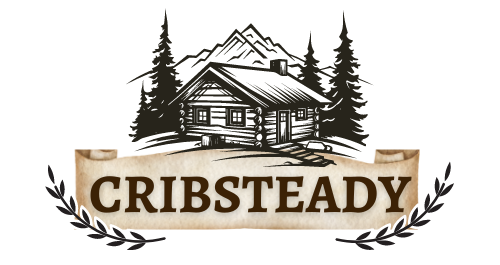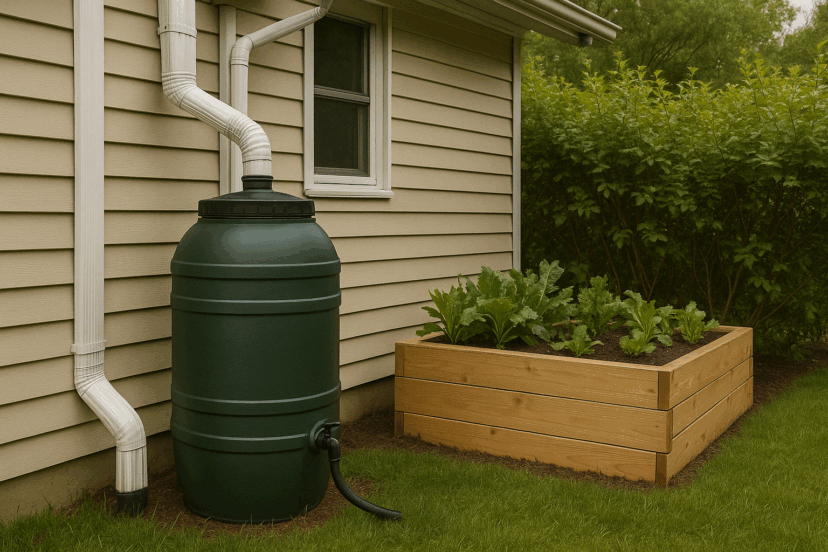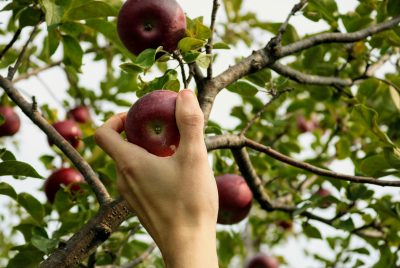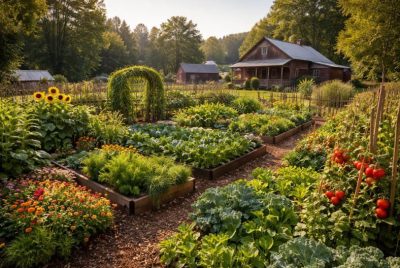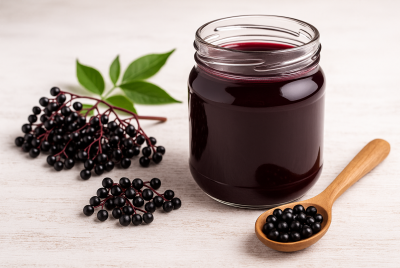10 Rainwater Harvesting Systems for Sustainable Water Use
We may earn a commission for purchases made using our links. Please see our disclosure to learn more.
Water costs are rising and will continue to rise in the future. More homeowners are now environmentally aware. They are turning to rainwater harvesting systems as a way to live sustainably. Collecting rainwater is a simple and practical way to minimize your reliance on municipal water, lower your water bills, and benefit the environment. A good harvesting system can make a big difference when it comes to watering your garden, flushing toilets, or using rainwater for everyday tasks. In this piece, I’ll share ten of the best strategies for living more self-sufficiently.
What Makes a Good Rainwater Harvesting System?
Here are a few things to think about when looking for a rainwater harvesting system:
- Capacity: Find a tank based on your requirements. How much space do you have for a storage tank and how much water do you use?
- Filtration: A well-designed filtration system guarantees that the rainwater collected is safe to use and clean.
- Durability: For extended use, be sure your system can withstand rain, UV rays, and other weather conditions.
- Installation: While some systems may be installed yourself, others might require expert assistance.
- Cost: Put into consideration the savings over time. Some solutions might cost more up front, but they might end up saving you more in the long run.
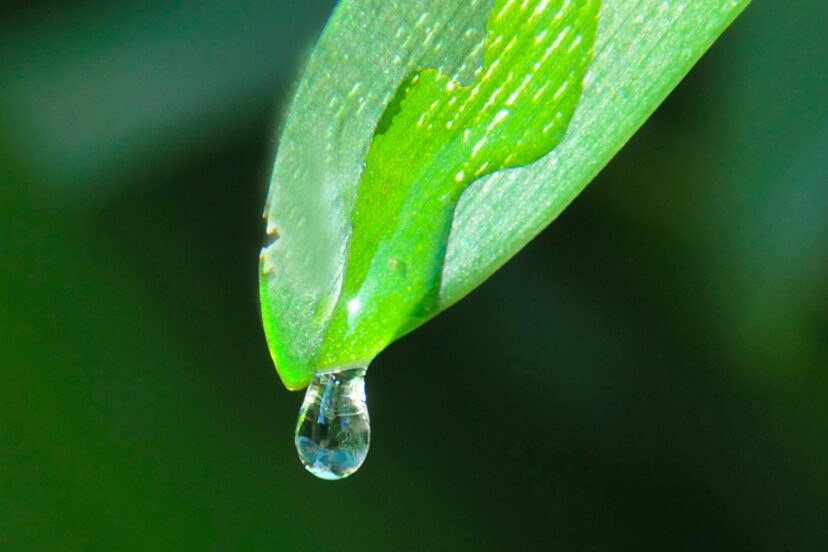
Top 10 Rainwater Harvesting Systems for Sustainable Water Use
1. RTS Accents 50-Gallon Rainwater Collection Barrel
For minimal water needs and limited settings, the RTS Accents 50-Gallon Barrel is ideal. It is strong, useful, and eco-friendly because it is made from recycled materials. The barrel has a top that keeps trash out and an easy-to-use spigot.
Pros:
- Compact and space-saving
- Made from recycled materials
- Easy-to-use spigot
Cons:
- Smaller capacity compared to others
2. Anivia Rainwater Collection System with Downspout Diverter
For fast and effective rainwater collection, this tool is ideal. The filtering system keeps your barrel clean, and the adjustable downspout diverter directs water into it. It is an easy-to-install option that requires no effort.
Pros:
- Adjustable downspout diverter for better control
- High-quality filtration
- Easy to install
Cons:
- Smaller capacity may not be enough for larger households
3. FCMP Outdoor 4000 Gallon Rainwater Catcher Barrel
The FCMP Outdoor 4000 Gallon Barrel is the ideal choice for big properties. It has built-in filtration to keep the collected water clean and is made to manage high volumes of rainwater.
Pros:
- Large capacity for big households
- Durable construction
- Built-in filtration system
Cons:
- Needs significant space for installation
4. Tintsabo Rain Barrel Diverter System
The Tintsabo Diverter System is straightforward, effective, and simple to set up. It has a mesh filter to keep trash out and guides rainwater into the barrel without overflowing.
Pros:
- Simple installation
- Includes mesh filter for clean water
- Prevents overflow
Cons:
- Smaller barrel size may not be enough for large homes

5. Rihogar 100 Gallon Rain Barrel
For medium-sized homes, the Rihogar 100 Gallon Rain Barrel is an excellent choice. It’s made of UV-resistant plastic, and the easy-to-use spigot ensures hassle-free access to the collected water.
Pros:
- Perfect for medium homes
- Durable UV-resistant plastic
- Easy-to-operate spigot
Cons:
- Might need additional filtration for higher water quality
6. Vevor Collapsible Rainwater Collection Barrel
For people who need flexibility, the Vevor Collapsible Barrel is a fantastic choice. When not in use, it folds up for convenient storage and can hold up to 100 gallons of rainwater. It is portable due to its lightweight design.
Pros:
- Collapsible for easy storage
- 100-gallon capacity
- Lightweight and portable
Cons:
- Not as durable as rigid tanks
7. Squeeze Master Collection Barrel
The Squeeze Master Barrel is designed for smaller spaces and budgets. Its space-saving design is easy to install, and the included hose makes water access a breeze. It’s a great option for gardeners or those with limited space.
Pros:
- Affordable and simple
- Space-saving design
- Includes hose for easy water access
Cons:
- Smaller capacity
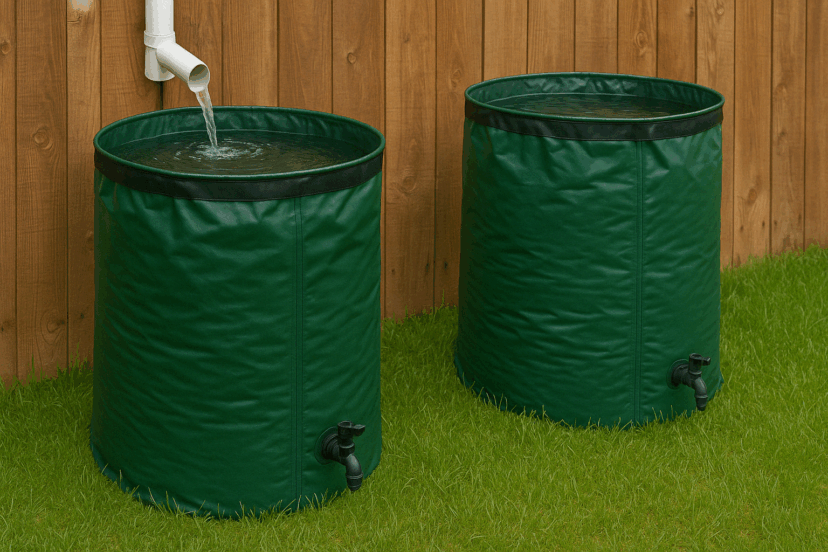
8. Plastic Outdoor Rainwater Collection Barrel
For anyone just starting with rainwater harvesting, this Plastic Outdoor Barrel is a budget-friendly option. It’s easy to install, compact, and perfect for irrigation or small-scale use.
Pros:
- Affordable
- Easy installation
- Compact
Cons:
- Small capacity
9. Vingli Collapsible Rain Barrel
This portable barrel is perfect for people on the go. Its collapsible design makes it easy to store, while its sturdy construction ensures it can handle the elements.
Pros:
- Collapsible for easy storage
- Lightweight and portable
- Durable
Cons:
- Smaller capacity
10. Lanueva Collapsible Rain Barrel
The Lanueva 66 Gallon Barrel is a great compact option for smaller homes or those just starting with rainwater harvesting. It’s easy to install and made from durable materials to ensure long-term use.
Pros:
- Compact and ideal for small spaces
- Has filter design
- Easy to maintain
Cons:
- Smaller capacity
Scientific Research on Rainwater Harvesting
Rainwater harvesting has proven benefits, both environmentally and practically. A study from ScienceDirect explains how rainwater systems contribute to sustainable urban water management. They reduce dependence on municipal systems, helping conserve local water resources and improve urban resilience. Another study from PubMed Central highlights how properly filtered rainwater is often of higher quality than untreated surface water. This research confirms that rainwater harvesting systems can not only help conserve water but also lower your carbon footprint, making a positive impact on the environment.
Conclusion
Rainwater harvesting is a simple yet effective way to reduce your environmental footprint and ensure you have fresh water for daily use. Whether you’re watering your garden, reducing your water bills, or living a more sustainable lifestyle, these 10 rainwater harvesting systems will help you get started. Choose the right one for your needs, and you’ll be on your way to a more self-sufficient, greener future. And if you’re ready to take your eco-friendly lifestyle a step further, don’t miss our guide on how modern homesteading shapes sustainable living.
FAQs
1. Is rainwater safe to drink?
With proper filtration, rainwater can be safe to drink. A good filtration system is essential.
2. How often do I need to clean my system?
Clean your filters every few months to ensure the system works efficiently.
3. Can I use rainwater for indoor plumbing?
Yes, with the right filtration, rainwater can be used for toilets, laundry, and even showers.
4. How much water will I be able to collect?
Rainfall and roof size determine how much rainwater. A 1,000-square-foot roof can collect about 600 gallons per inch of rain.
5. Do I need professional installation?
Some systems are DIY-friendly, while others may need professional installation, especially larger systems.
